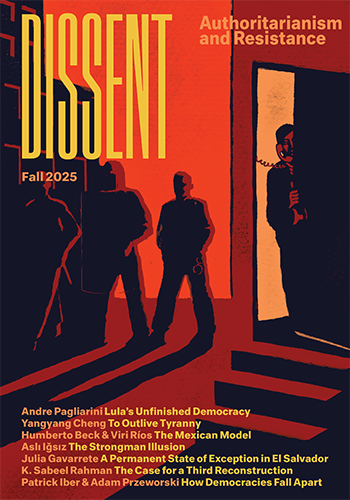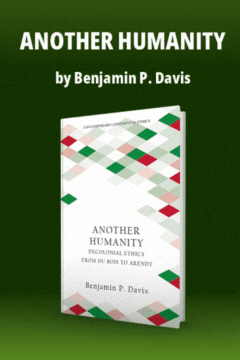Sects and Sectarians
Sects and Sectarians
- The Sociology of the Sect
A sect, as the Latin etymology suggests, consists of men who have cut themselves off from the main body of society. They have formed a restricted and closed group which rejects the norms of the inclusive society and proclaims its adherence to a special set of rules of conduct.
The religious sect, as distinct from the Church which contains within its fold both saints and sinners, consists of the visible community of pure saints; the political sect, as distinct from the political party which aims at encompassing a high proportion of the mass of electors, consists of specifically qualified members, “professional revolutionaries,” certified Marxists or Alte Kaempfer. The party is inclusive, the sect is exclusive. The Church and the party aim at attracting all men of good will, the sect aims at recruiting an elite of religiously or politically qualified “performers.”
The very structure of the sect, quite apart from its ideology, is likely to lead to a number of characteristic patterns of behavior, and it is these I propose to discuss.*
I am quite aware that there are fundamental differences between, say, a fundamentalist sect and the political sects of the modern socialist movement, but I shall try to show that the structure of sects as such breeds certain common patterns. Lenin’s organizational principles cannot be fully understood unless seen in the historical context of the struggle against the police regime of Czarism; yet his insistence on “restricting the membership of this organization to persons who are engaged in revolution as a profession” and on maintaining that “the thing we need is a militant organization of agents” (What Is To Be Done), has consequences for that organization, which, even if only partially anticipated, determine to a large extent its further development and the conduct of its members.
__________
*The following discussion is deeply indebted to the sociological writings of Georg Simmel, Max Weber and Roger Caillois, though no special reference to their work will be made in the body of the article. The interested reader is referred to The Sociology of Georg Simmel, Kurt H. Wolff, ed. The Free Press 1950; From Max Weber, Gerth and Mills, ed. Oxford University Press 1947, and Roger Caillois’ article “L’esprit des sectes” in Rennaissance (New York), vol. II-III, pp. 30-44. To avoid possible misunderstandings, let me stress that the concept of sect is used here in the sense that sociologists generally do. I am aware that socialists have often used it differently, and that with them it has come to have a derogatory connotation. But in its sociological usage no value judgments are intended or involved. Furthermore, it should be clear that I am employing a typological procedure—no actual sects will ever in all aspects ...
Subscribe now to read the full article
Online OnlyFor just $19.95 a year, get access to new issues and decades' worth of archives on our site.
|
Print + OnlineFor $35 a year, get new issues delivered to your door and access to our full online archives.
|






